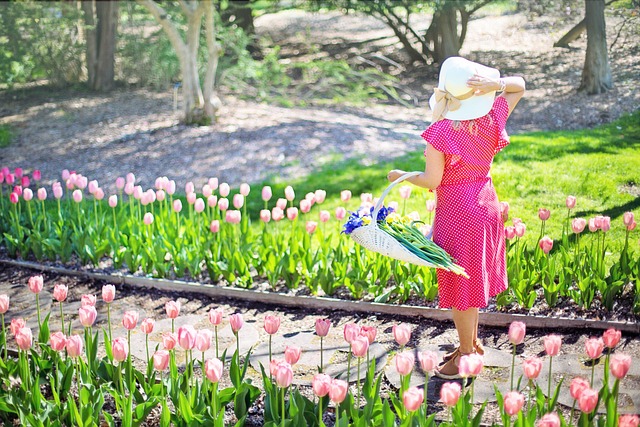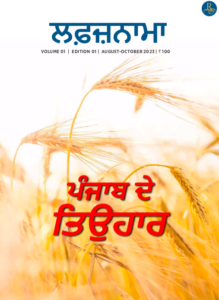HAIKU BLOSSOMS (15)

MODERN SENRYU
Dear Readers, last week we covered Senryu and how it differed from haiku. I quoted Alan Pizzarelli’s definition of senryu—“Senryu is a short poetic genre which focuses on people. Men, women, husbands, wives, children and relatives. It portrays the characteristics of human beings and the psychology of the human mind. Even when senryu depicts living things such as animals, insects, and plant life, or when they depict inanimate objects, they are portrayed with the emphasis on their human attributes….” Alan Pizzarelli is an American poet, songwriter, and musician and is a major figure in English-language haiku and Senryu. I read an insightful article on modern senryu by Alan and sought his permission to share his work in my column Haiku Blossoms on Rhyvers, which he very kindly accorded. This paper on Modern Senryu was first read at the Haiku Canada 1987 Weekend, and first Printed in the Haiku Canada September 1987 Newsletter, Vol.3, No.1, pp 5-8.
Grateful Acknowledgement to Alan Pizzarelli for sharing this paper. Here it is for your further learning about Senryū:
MODERN SENRYU by Alan Pizzarelli
When I first began a serious study of haiku poetry under the tutelage of Professor Harold G. Henderson in 1970, one prerequisite was an understanding and appreciation of its related forms, i.e. the renga, haibun, tanka and senryu. Of all these forms, it was the senryu which had most captured my interest. In 1972, the following poem of mine was published in the Haiku Society of America Minutes:
the fat lady
bends over the tomatoes
a full moon
*
Upon reading this poem, Henderson pointed out that this poem was, in fact, a senryu since its thrust and emphasis was the woman’s behind in addition to the juxtaposition of the lady’s roundness and the full moon.
As I later studied the senryu genre, I learned that it was “a product of the merchant/townsmen culture of the 18th century, which celebrated the self-absorption disallowed elsewhere in Japanese society. It also provided new material for the poets to explore that the Haiku (with its emphasis on Nature rather than Man) excluded.”1
This came shortly after the quality of the Haiku and haikai deteriorated shortly after Basho. Here are a few examples of this fine old senryu:
The bird set free,
Overjoyed,
Collides with a tree.
— Anon. Senryu
(Early 18th century) 2
*
He shuts his eyes
To look for the wisdom
Inside his own body
— Anon. Senryu
(Early 18th century) 3
*
Last night,
A lover’s quarrel,
— Anon. Senryu 4
*
Today much of the experimentation going on among contemporary haiku poets has displayed a need that goes beyond the limitations of haiku poetry. “Though an attempt at the revival of Old Senryu was made in the latter part of the 19th century, senryu never quite made it up the ladder as a respectable genre of poetry” 5 — until recently. Unfortunately, it has gone unrecognized by the very poets who write them under the banner of haiku. I feel this is a great injustice to both the senryu genre and the haiku genre. Today, when we hear such terms as “political haiku,” “spiritual haiku,” “psychological haiku” and “metaphysical haiku,” we need only to return to R.H. Blyth’s books on the subject of Senryu to find prime examples of what is being called haiku today. For example:
Losing his job
He tries reading
Marx
— Sazanka 6
*
“Make a profit
On the next sale.” she says,
Haggling over the price.
— Anon. Senryu
(Early 18th century) 7
*
As for the spiritual, any good haiku is indeed spiritual! And when we consider the metaphysical, one only needs to read the definition of the word to understand its irrelevance to haiku as it is “abstract” (as opposed to concrete) and it contains “intellectual imagery” (as opposed to direct observation). This reminds me of a joke Anita Virgil told me about a man who goes into the tailor’s shop to get his new suit altered. The tailor begins with the sleeves. The man watches in the mirror and notices that one sleeve is shorter than the other. When he tells the tailor about it, the tailor says: “Just shift your shoulder up a bit…There! You see? It fits perfectly now.” But in the process, the man’s jacket has hiked up at the back and is uneven.
“No problem,” says the tailor “Just bend your knee a bit and it will straighten out the hemline.” The man does as he is told and sure enough…the hemline seems to even out. The alterations continue. Finally, with his new suit fixed, the man goes out into the street wearing it. As he hobbles down the sidewalk with the gait of a cripple, two women see him. One says: “Oh, look at that poor, poor man!” The other woman eyes him a moment and responds: “Yes, but doesn’t his suit fit perfectly!”
Today, poets are displaying the innovative and wonderful potential of the senryu genre:
Alexis Rotella’s
Trying to forget him
stabbing
the potatoes 8
*
George Swede’s
Unhappy wife
I pedal my bike
through puddles 9
*
or Marlene Mountain’s
he leans on the gate going staying 10
*
We can also rediscover some early senryu, whose acceptance was first under the aegis of haiku, such as Anita Virgil’s
After the child’s
funeral —
cake eating! 11
*
or Jack Kerouac’s
Missing a kick
at the icebox door
It closed anyway. 12
*
But they will not be recognized as such so long as they are touted as “innovative haiku” rather than approaches toward modern senryu.
NOTES
1. Anita Virgil, “The Art of Haiku,” page 145.
2. R.H. Blyth, Japanese Life and Character in Senryu (Japan, Hokuseido, 1960), page 51.
3. Makoto Ueda, Matsuo Basho, (New York, Twayne Publishers, Inc., 1970), page 183.
4. R.H. blyth, Op. Cit., page 337.
5. Anita Virgil, Op. Cit., page 163.
6. R.H. Blyth, Senryu, page 181.
7. R.H. Blyth, Op. Cit., page 17.
8. The Haiku Anthology (Cor van den Heuvel, editor, New York, Simon & Schuster, Inc.,
1986), page 196.
9. Ibid. page 235.
10. Ibid. page 152.
11. Anita Virgil, A Second Flake.
12. The Haiku Anthology, Op. Cit., page 113.
Copyright © 1987 by Alan Pizzarelli.
I am sure your understanding of senryu will deepen by reading and experimenting with writing some senryu inspired by observing people and incidents drawn from your daily life. Prune Juice journal and failed haiku – a journal of English senryu are excellent resources for reading the published senryu of poets from all over the world. These journals are free to read on the internet.
Best wishes and happy writing! See you next week with another genre of Japanese short form of poetry,
Neena Singh















